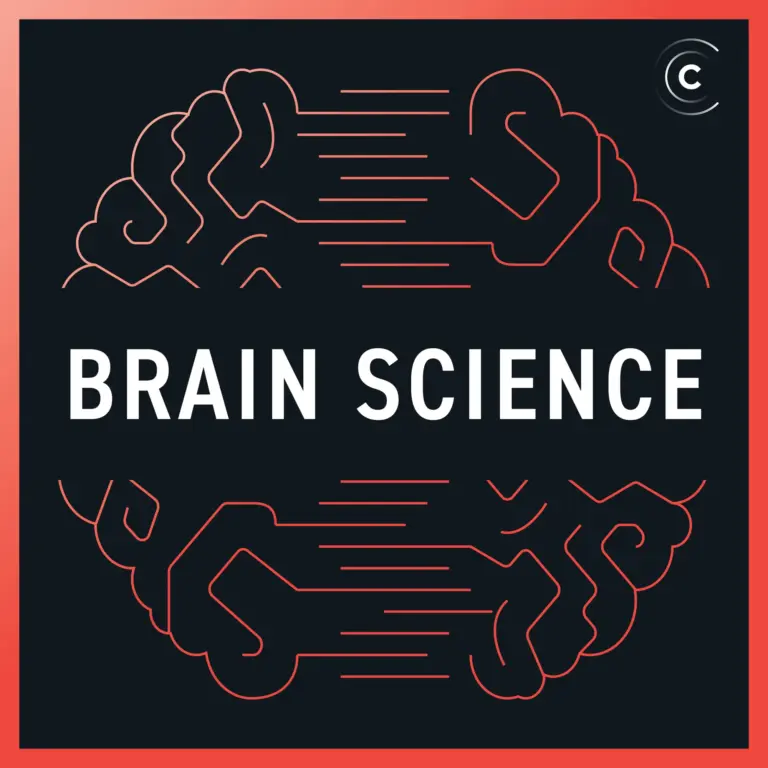
Mireille and Adam dig deeper into empathy as a construct. What key brain structures are involved? How can we better understand empathy to be able to better navigate ourselves and our relationships with others both at home and in the workplace?
Changelog++ members support our work, get closer to the metal, and make the ads disappear. Join today!
Featuring:
Show Notes:
Daniel Siegel, MD, in his book Aware notes 5 Aspects of Empathy:
- Emotional Resonance: Feeling another person’s feelings.
- Perspective Taking: Seeing through the eyes of another.
- Cognitive Understanding: Imagining the mental experiences of another and their meaning.
- Empathic Concern: Caring about the well-being of another. *This is the gateway for compassion.
- Empathic Joy: Feeling happy about another’s happiness or success.
Empathy: In face-to-face interactions, communication has a multi-modal nature involving the processing of visual facial cues (such as the speaker’s facial expression), the tone of the voice (i.e., affective prosody) and the choice of words (i.e., semantics).
**Empathy involves a working model of another person in the mind’s eye.
Brain structures involved:
- Pre-frontal cortex: Involved in perspective taking. Executive function.
- Anterior Cingulate Cortex: The anterior cingulate cortex is sometimes divided into four regions, each of which seem to underpin a separate function (see Bush, Luu, & Posner, 2000).
- Mirror neurons: a brain cell that reacts both when a particular action is performed and when it is only observed. These are activated in the process of empathy.
In particular, the Anterior Cingulate Cortex includes:
- The anterior region, which is involved in executive function
- The dorsal region, which is involved in cognitive processes
- The ventral region, which is involved in emotional regulation
- The posterior region, which is involved in evaluative processes (e.g., Bush, Vogt, Holmes, Dale, Greve, Jenike et al., 2002)
Claus Lamm, PhD, University of Vienna, investigates the processes that regulate firsthand pain and those that cause empathy for pain through numerous studies on the influence of painkillers. According to Lamm, research “suggests that empathy for pain is grounded in representing others’ pain within one’s own pain systems.”
The Role of Facial Expression in Empathy: The value of “looking at” the face of another to provide another data point to understand where they are emotionally.
How might you build your empathy skills? Consider EMPATHY as an acronym: (adapted from Harvard psychiatrist, Helen Riess, MD)
E: Eye contact
M: Muscles of facial expression
P: Posture. What is the person’s body language?
A: Affect/Emotion.
T: Tone of voice. Affective prosody.
H: Hearing the whole person.
Y: Your response. Emotions are contagious.
Getting practical - What can I do differently in order to cultivate empathy?
- Mindfulness as training for increased compassion and empathy.
- Practice responding with empathy outside of the live event: after an actual incident, reflect on what or how you could’ve responded differently that would’ve helped you “see” the other person more effectively or changed the interaction between you?
- Build your internal file of empathy from a conceptual level so that you have a bigger, broader frame of reference for others.
- Give back. Volunteering as practicing loving-kindness; giving to others’ without expectation of return.
Something missing or broken? PRs welcome!